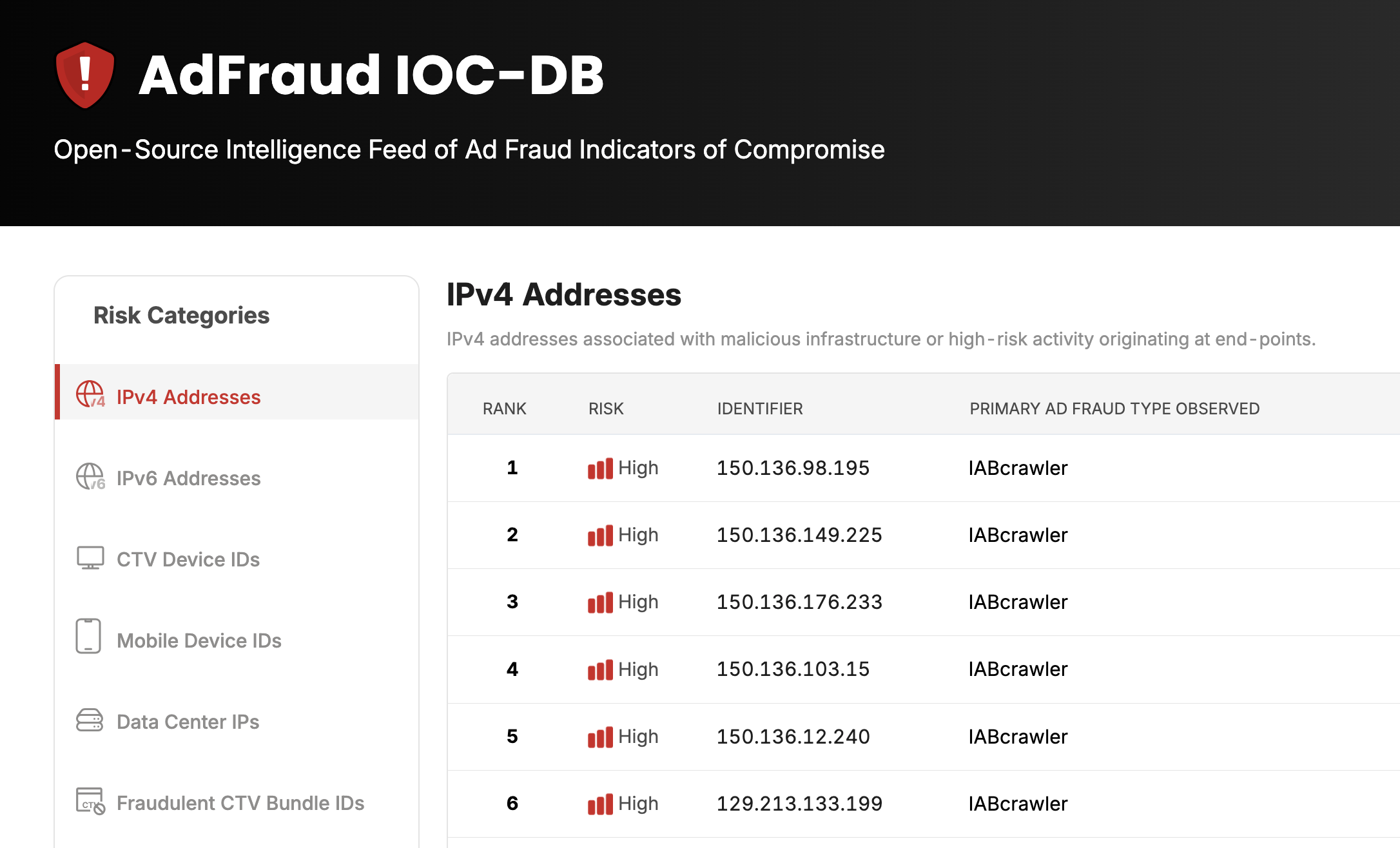Pixalate’s research into open programmatic advertising finds Bundle ID (App) Spoofing is the most common form of ad fraud impacting 747 apps in the Amazon Fire CTV app store; Invalid SSAI (“Proxy”) ranks second (17% of all IVT) impacting 478 apps in Q1 2024
LONDON, 25 April 2024 -- Pixalate, the market-leading fraud protection, privacy, and compliance analytics platform for Connected TV (CTV) and Mobile Advertising, today released the Top 11 Amazon Fire Connected TV (CTV) Ad Fraud Types in Q1 2024. Pixalate also released Apple TV, Roku, and Samsung Smart TV versions of the report.
The report covers invalid traffic (IVT) and ad fraud across CTV app stores, including the number of distinct apps impacted. To compile the research in this series, Pixalate’s data science team analyzed over 6 billion open programmatic advertising impressions across 6k+ mapped CTV apps in Q1 2024. IVT types are rated most common according to the share of invalid traffic within each CTV app store.
Top Ad Fraud Types on Amazon Fire TV Apps in Q1 2024
- Bundle ID (App) Spoofing (60% of all IVT) is the most common of the 11 IVT types identified
- Impacted 747 distinct apps on Amazon Fire TV app store
- Invalid SSAI (Proxy) (17%) is the second most common IVT type
- Impacted 478 distinct apps on Amazon Fire TV app store
Download the full report for more.

For the purposes of this report, “Bundle ID (App) Spoofing'' indicates impressions in which the app identifier reported to the exchange does not match the characteristics of the app detected by Pixalate. “Proxy” is defined as impressions from an intermediary proxy device that exists to manipulate traffic counts, pass non-human or invalid traffic, or fails to comply with the protocol. For more information on IVT types, visit Pixalate’s IVT knowledge base.
Top CTV Ad Fraud Types by Platform
Pixalate is MRC-accredited for the detection and filtration of Sophisticated Invalid Traffic (SIVT) across desktop and mobile web, mobile in-app, and Connected TV (CTV). All of Pixalate’s MRC accredited measurement areas can be found here.
For more information on IVT types, visit Pixalate’s IVT knowledge base.
About Pixalate
Pixalate is a global platform specializing in privacy compliance, ad fraud prevention, and digital ad supply chain data intelligence. Founded in 2012, Pixalate is trusted by regulators, data researchers, advertisers, publishers, ad tech platforms, and financial analysts across the Connected TV (CTV), mobile app, and website ecosystems. Pixalate is accredited by the MRC for the detection and filtration of Sophisticated Invalid Traffic (SIVT). pixalate.com
Disclaimer
The content of this press release, and the CTV’s Most Common IVT Types Report, reflects Pixalate’s opinions with respect to the factors that Pixalate believes can be useful to the digital media industry. Any data shared is grounded in Pixalate’s proprietary technology and analytics, which Pixalate is continuously evaluating and updating. Any references to outside sources should not be construed as endorsements. Pixalate’s opinions are just that, opinions, which means that they are neither facts nor guarantees. Pixalate is sharing this data not to impugn the standing or reputation of any entity, person or app, but, instead, to report findings and trends pertaining to the time period studied. Per the Media Rating Council (MRC), “‘Invalid Traffic’ is defined generally as traffic that does not meet certain ad serving quality or completeness criteria, or otherwise does not represent legitimate ad traffic that should be included in measurement counts. Among the reasons why ad traffic may be deemed invalid is it is a result of non-human traffic (spiders, bots, etc.), or activity designed to produce fraudulent traffic.” Where the traffic characteristics are suggestive of deliberate intent to mislead, such IVT is often referred to as “ad fraud.” Also per the MRC, “'Fraud' is not intended to represent fraud as defined in various laws, statutes and ordinances or as conventionally used in U.S. Court or other legal proceedings, but rather a custom definition strictly for advertising measurement purposes.”







